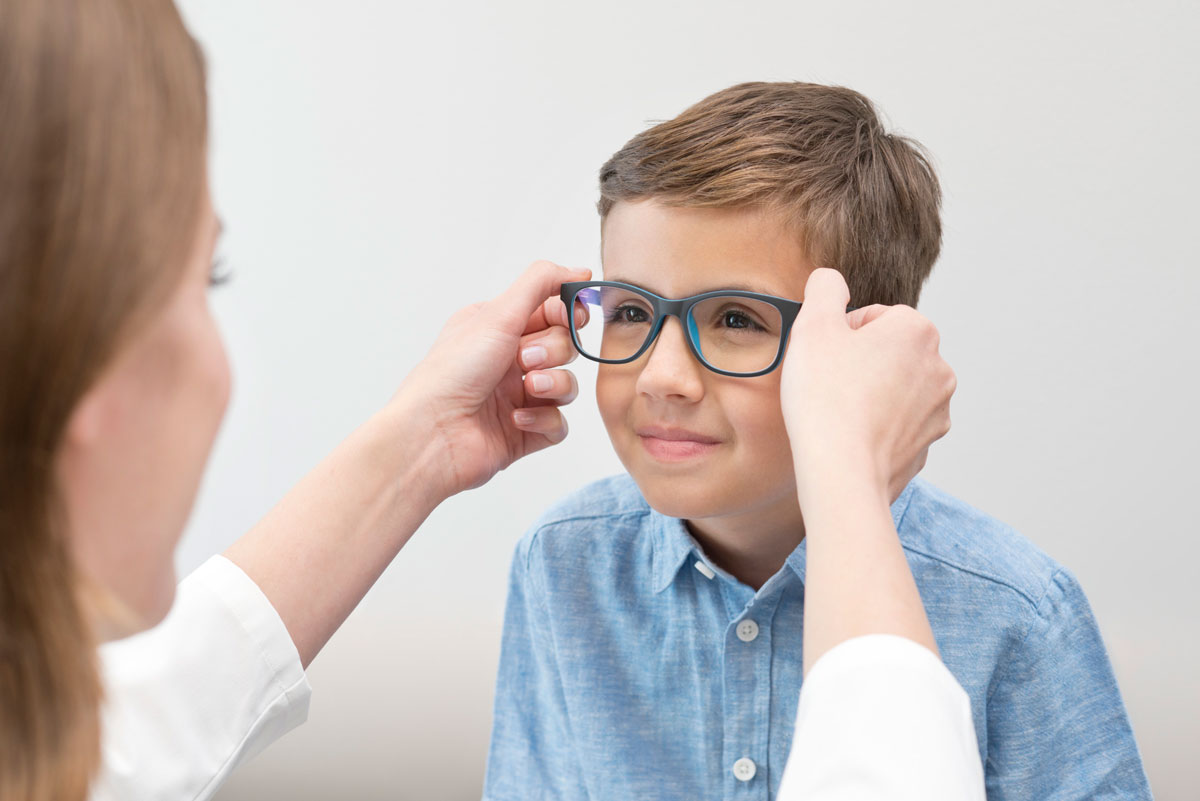 |
| Recent findings underscore the critical importance of conducting multiple screening tests during early childhood to effectively detect and treat anisometropia. Photo: Getty Images. |
Investigating baseline refractive error as a direct risk factor for the subsequent development of anisometropia bears considerable clinical significance for eyecare practitioners managing pediatric patients. Notably, many children with anisometropia may not display noticeable symptoms, underscoring the significance of regular eye exams, as well as refractive assessments, for all children.
Researchers in Israel recently investigated the relationship between the type and severity of refractive error and anisometropia development in preschool children and found that deviations from emmetropia increased the odds ratio (OR) for anisometropia, especially for severe myopes and severe hyperopes. A parallel trend emerged upon examining the cylindrical component of refractive error, where ORs for cylindrical anisometropia increased with greater baseline astigmatism.
The study, which was published last week in American Journal of Ophthalmology, included all data from isometropic children between the ages of one and six, re-examined for refraction at least two years following their initial examination between a 10-year period. Anisometropia was defined as a ≥1D interocular spherical equivalent (SE) difference. Among 33,496 isometropic children (51.2% male, mean age 3.2), the prevalence values of emmetropia, myopia and hyperopia were 26.7%, 4.2% and 69.1%, respectively. Over a mean follow-up period of 5.1 years, 7.7% of the children were diagnosed with anisometropia.
Adjusted ORs for anisometropia gradually increased with baseline refractive error severity, reaching 13.90 in severe myopia and 4.19 in severe hyperopia. These patterns were consistent in both sexes and persisted when a stricter criterion for anisometropia definition was employed (SE difference of 1.5D or greater). This pattern was also evident in cylindrical anisometropia, where ORs increased with greater baseline astigmatism, peaking at 12.10 in children with high astigmatism (≥ 3D).
The researchers proposed that preschool children who do not initially exhibit signs of anisometropia but have any degree of myopia, significant hyperopia and/or astigmatism should undergo at least one additional refractive measurement. “The significance of follow-up examinations grows with higher initial refractive errors,” the study authors wrote in their paper. “These exams are crucial not only for monitoring refractive changes but also for detecting the potential development of anisometropia and amblyopia.”
Still, the timing of this follow-up examination is yet to be determined, but eyecare professionals can stress to parents that it is not only to assess changes in refractive error and a possible need for glasses but also to detect potential risk factors for amblyopia at an early stage. Further investigation is also needed to elucidate the mechanisms driving anisometropia development and how early ametropia influences it.
Kinori M, Nitzan I, Szyper NS, et al. Correlation of refractive error with anisometropia development in early childhood. Am J Ophthalmol. March 27, 2024. [Epub ahead of print]. |


